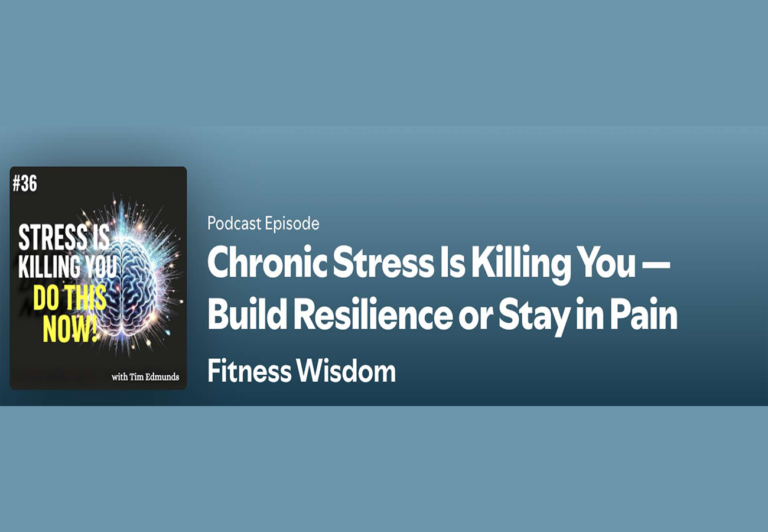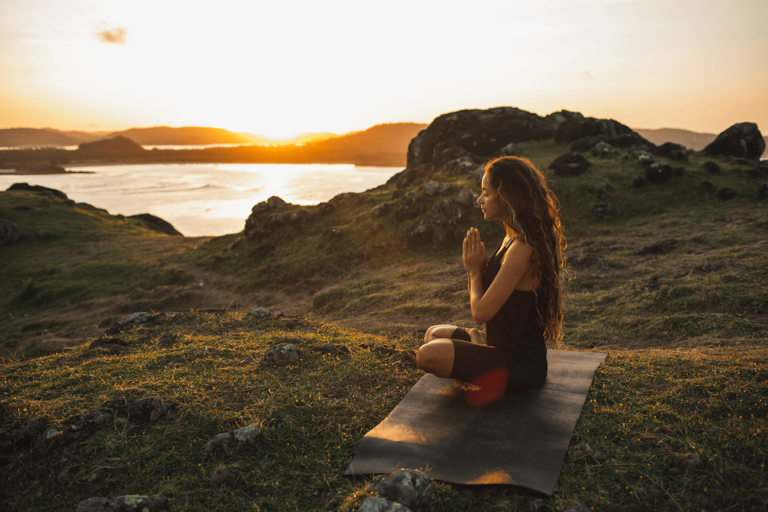Building a Self-Regulation Routine: My Journey to Mindfulness and Resilience
Introduction: In today’s fast-paced world, it’s easy to get overwhelmed and lose touch with ourselves. Incorporating self-regulation techniques into our daily routine can help us maintain balance and cope with stress more effectively. However, it’s crucial to understand that self-regulation is a deeply personal journey, and what works for one person might not work for another. As we change and evolve, our routines need to be flexible and adapt to our current needs. Here’s a glimpse into my self-regulation routine, which has helped me find clarity, mindfulness, and resilience in my daily life.
5:00 am – Rise and Meditate: To kickstart my day, I wake up at 5 am and dive straight into a 30-minute meditation session. Mindfulness and mental clarity are crucial components of my routine. This practice allows me to start the day in a parasympathetic state, fostering a calm and focused mind. However, it’s essential to acknowledge that meditation might not resonate with everyone. Some may prefer deep breathing exercises, journaling, or gentle stretching to achieve similar benefits.
5:45 am – Gym Time: Physical activity plays a vital role in self-regulation. For me, hitting the gym at 5:45 am is invigorating. Exercise meets my body’s needs and sets a positive tone for the rest of the day. Nevertheless, others might prefer different forms of exercise, such as yoga, dancing, or outdoor activities. The key is to find an activity that brings joy and aligns with individual preferences.
7:30 am – Embracing the Cold: Cold tub exposure has become an integral part of my routine. Spending 3-6 minutes in cold water allows me to directly influence my body’s sympathetic response and differentiate between real threats and mere inconveniences. While cold exposure works well for me, others might find alternative methods to manage their stress response. It could be deep breathing, progressive muscle relaxation, or mindfulness exercises.
8:00 am – Nourishing Breakfast: A proper diet is crucial for maintaining self-regulation. Consuming foods that support my body’s needs helps prevent triggering sympathetic chemical responses. Everyone’s dietary requirements differ, so it’s essential to listen to your body and identify the foods that work best for you. Consulting a nutritionist can also provide valuable guidance. 9:00 am – Starting the Workday: Feeling energized and centered after my morning routine, I’m ready to embark on my workday. However, there are times when my capacity and resilience aren’t at their peak. In such situations, I listen to my body and employ self-regulating techniques like a neuro-lymphatic sequence or a brief stretching and breathwork session to reset my focus and energy.
2:00 pm – Afternoon Workout: An afternoon workout is a great way to refresh my mind and body. A 30-minute run or bike ride helps me release accumulated stress and rejuvenate my spirit. For others, a brisk walk or a quick yoga session might be more suitable. The goal is to incorporate movement that aligns with your energy levels and preferences.
7:00 pm – Winding Down: As the day draws to a close, I perform a neuro-lymphatic total body sequence to wind my system down and prepare for restful sleep. This practice helps me transition from an active state to a peaceful and relaxed one. However, bedtime routines can vary widely among individuals. Some may benefit from reading, meditation, or gentle stretching to promote better sleep.
Conclusion: Building a self-regulation routine has been a transformative journey for me. Acknowledging that we are all unique and need to adjust our routines accordingly has been essential in finding what works best for my well-being. By incorporating mindfulness, exercise, proper nutrition, and self-regulation techniques throughout the day, I have experienced increased clarity, resilience, and a sense of calm amidst life’s challenges. Remember, building a self-regulation routine is an ongoing process that requires flexibility and adaptation. Be patient with yourself and find what empowers you to lead a more balanced and fulfilling life.



